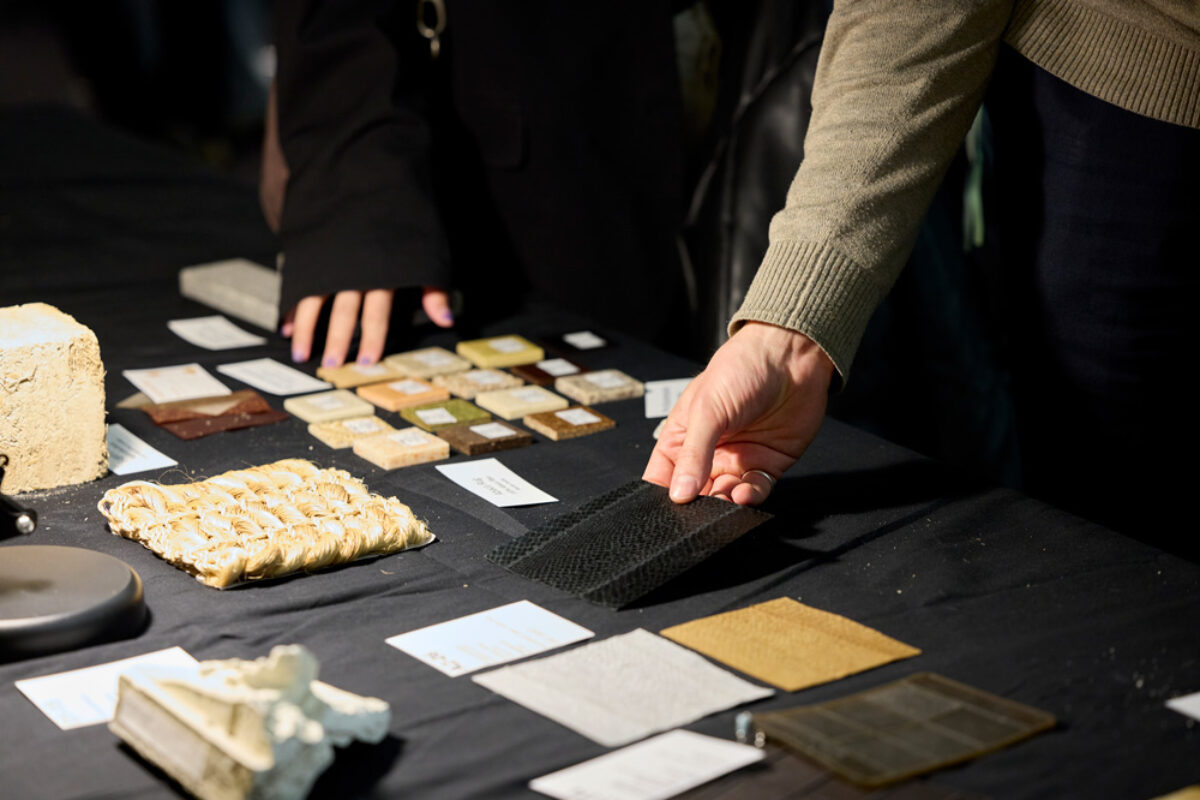A colorful grid of bio-based tiles rests atop a black surface. Created as sustainable alternatives to products ranging from acoustic cladding to frosted glass, the tiles derive from eggshells, expired lentils, and other green waste. These palm-sized squares, despite their origins in food scraps, invite tactile investigation. The same lure emanates from a neighboring rug swatch woven from Abaca fiber; a masonry-like block composed of sugarcane; and textile strips made from apple pomace. This enticing display accompanied “Material Time,” a day-long symposium at the Harvard Graduate School of Design held in mid-April that explored our emerging relationship with bio-based materials.
Amelia Gan MDes ’23 organized “Material Time” in her capacity as the GSD’s 2023–24 Irving Innovation Fellow. She collaborated with Ann Whiteside, Assistant Dean for Information Studies at the GSD, and Margot Nishimura, Dean of Libraries at Rhode Island School of Design (RISD), who had previously cofounded Material Order, a knowledge-sharing resource for design materials collections in academic libraries. Conceptualizing the symposium, the three organizers identified practitioners, researchers, and educators at various stages in their careers whose work touches on design scales from microbes to building systems to outer space. The resulting discussion foregrounded the urgent need for transformations in how we think about and interact with the materials that comprise our built environment.
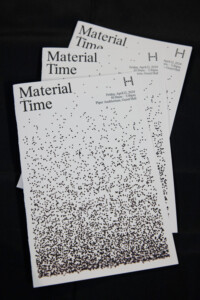
Concrete, aluminum, and steel rank among the most prevalent materials in contemporary construction. They are also quite costly in terms of their environmental toll. Developed from dwindling non-renewable resources, such conventional engineered building products inflict widespread ecological harm, from their extractive, carbon-intensive manufacturing processes to their final disposal in landfills where they languish, leaching pollutants into the earth. Bio-based counterparts offer a potential alternative to these destructive materials.
In her introductory remarks to the symposium, Gan announced that the time has come for design professionals to “critically rethink our material choices.” Indeed, “the prevailing ethos, which celebrates idealized, unchanging form, finds itself at a crossroads challenged by materials sensitive to environmental changes,” Gan continued. “How do we reconsider the way we represent and construct our environment?” Fortunately, bio-based materials offer a compelling lens through which to reexamine construction techniques as well as expectations about how materials look and what they can do.
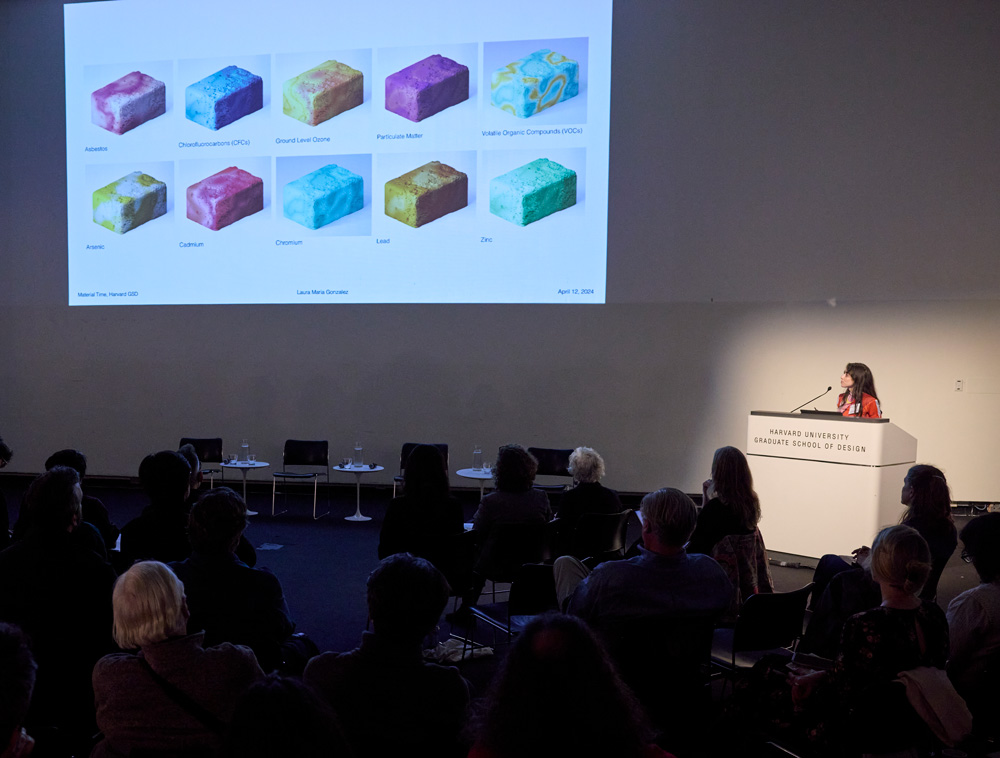
Consider bacterial biocement, as fabricated by Laura Maria Gonzalez, founder of Microbi Design and former researcher at the Massachusetts Institute of Technology’s Media Lab. Utilizing computational design and 3D printing, Gonzalez creates sculptural molds infused with sand and bacteria. As the microbes are fed, the mixture hardens into solid forms that, with continued nourishment, become stronger over time. If fractures occur, these living bricks heal themselves through microbial growth. They may even be programmed to signal, through a change in color, the presence of environmental toxins such as lead or arsenic. For Gonzalez, bacterial biocement promises more than a sustainable replacement for more carbon-intensive materials; it presents an opportunity to think about “how we integrate these organisms as living systems to engage more deeply with our environment.”
Paul Lewis, principal of LTL Architects and Professor at Princeton University School of Architecture, emphasized a different behavior we could seek from bio-based materials—that of performing multiple functions. As opposed to aggregated thin, lightweight, single-use products that comprise the typical modernist building section—structure, insulation, waterproofing, and so on—Lewis has experimented with using straw in bale-like configurations that act simultaneously as insulation and load-bearing structure, from which space can be carved. Lewis advocated embracing ideas that are “fundamentally at odds” with the “given values we’ve inherited from modernism,” aligning his explorations with the growing recognition that buildings as constructed throughout the past century have played a significant role in our current ecological predicament. John May, cofounder of MILLIØNS and Associate Professor of Architecture at the GSD, echoed this sentiment as he characterized the term, and the very concept of, “waste” as a vestige of a past industrial capitalist era. Rather, that which has been previously seen as waste should now be embraced as raw materials for other processes.
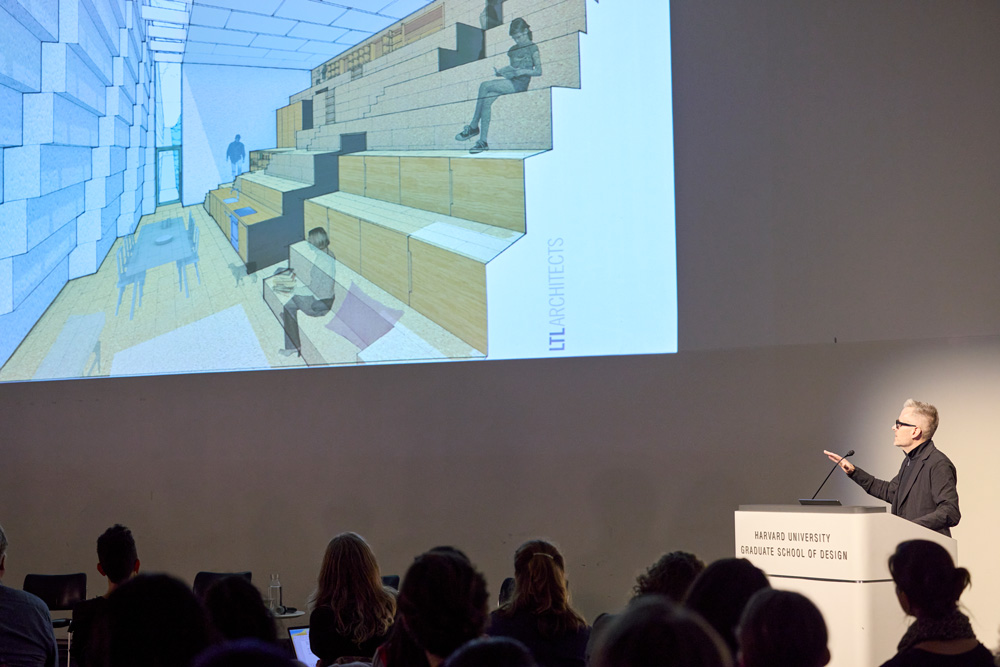
Underscoring the significance of terminology, Lola Ben-Alon, Assistant Professor and Director of the Natural Materials Lab at Columbia Graduate School of Architecture, Planning, and Preservation (GSAPP), cautioned that “bio-based” materials are not necessarily less extractive or energy intensive than conventional materials. To ascertain environmental impact, she advocated examining a product’s entire life cycle, with a focus on a system’s inputs and outputs. “How are these bio-based materials produced?” Ben-Alon asked. “And where? What are the processes involved in the extraction of these materials? Where are they extracted? And can we pose other means or methods of locally creating these materials?” Such systems thinking—understood as a holistic approach that views component parts in relation to the broader dynamic systems to which they belong—emerged throughout the symposium.
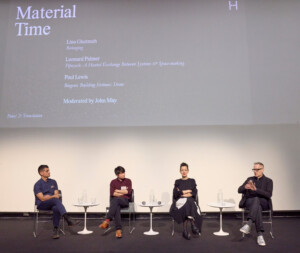
For example, systems thinking came to the fore with Lina Ghotmeh’s presentation, which focused on her design firm’s use of bio-sourced materials. Ghotmeh—currently Kenzo Tange Design Critic in Architecture at the GSD—featured the recently completed Hermès Maroquinerie de Louviers, a leather workshop constructed with locally manufactured low-carbon bricks that showcase the skill of Normandy’s brickmakers. This project is the first industrial building to earn the French E4C2 label, denoting the country’s highest recognized levels of energy efficiency (it is a positive energy building) and operational efficiency (in terms of carbon footprint reduction).
Drawing on concepts resonant with systems thinking, Martin Bechthold, Kumagai Professor of Architectural Technology and Director of the Material Processes and Systems Group (MaP+S) , discussed the iterative processes of science and design, highlighting their similarities and differences, particularly that designers tend to work at a larger scale. And later, Pablo Pérez-Ramos, Assistant Professor of Landscape Architecture at the GSD, expanded the conversation beyond our planet with a consideration of thermodynamics and ways in which these universal laws may help us grapple with conditions of extreme heat in certain landscapes.
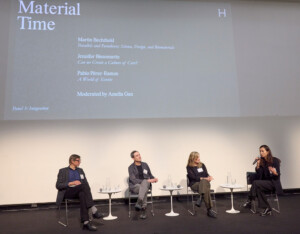
Yet another instance of system thinking emerged in the position of Jennifer Bissonnette, Interim Director of RISD’s Nature Lab, who called for “artists and designers to have a certain level of eco literacy.” Design programs, Bissonnette argued, have a responsibility to “turn out people who have a sense of how ecosystems function,” the “cycles, flows, nested systems, development, dynamic balance” that serve as “organizing principles of the natural world.” Likewise, she advocated that scientists be schooled in studio methodology and design thinking to broaden their investigative repertoires. Such pedagogical shifts would go a long way in facilitating the multidisciplinary cooperation—from conceptualization and experimentation through scaling up to real-world manufacturing and application—that bio-based materials necessitate.
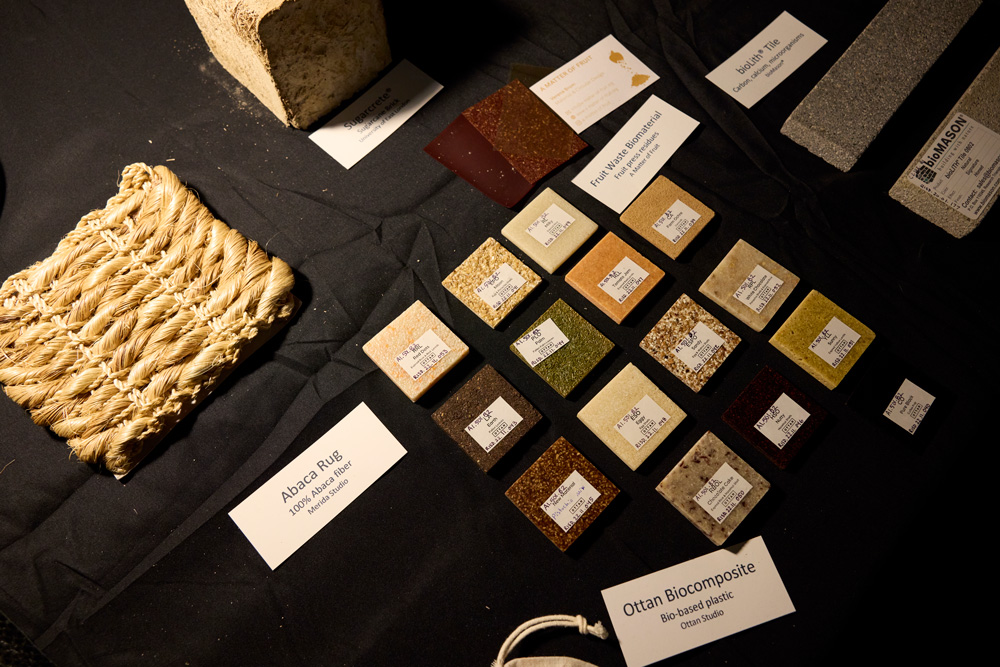
Reflecting on “Material Time” a few weeks later, Gan reiterated the need to overcome disciplinary silos. “These conversations shouldn’t happen in a vacuum, yet that often tends to occur,” especially when operating in the complex realm of bio-based materials, which encompasses design, biology, engineering, politics, ecology, sociology, and more. “The challenge is,” Gan continued, “how do you move from a high-level conversation to productive action?” Formulated to further interdisciplinary and intergenerational discussions within the GSD and beyond, “Material Time” offered an exemplary step in the right direction.
